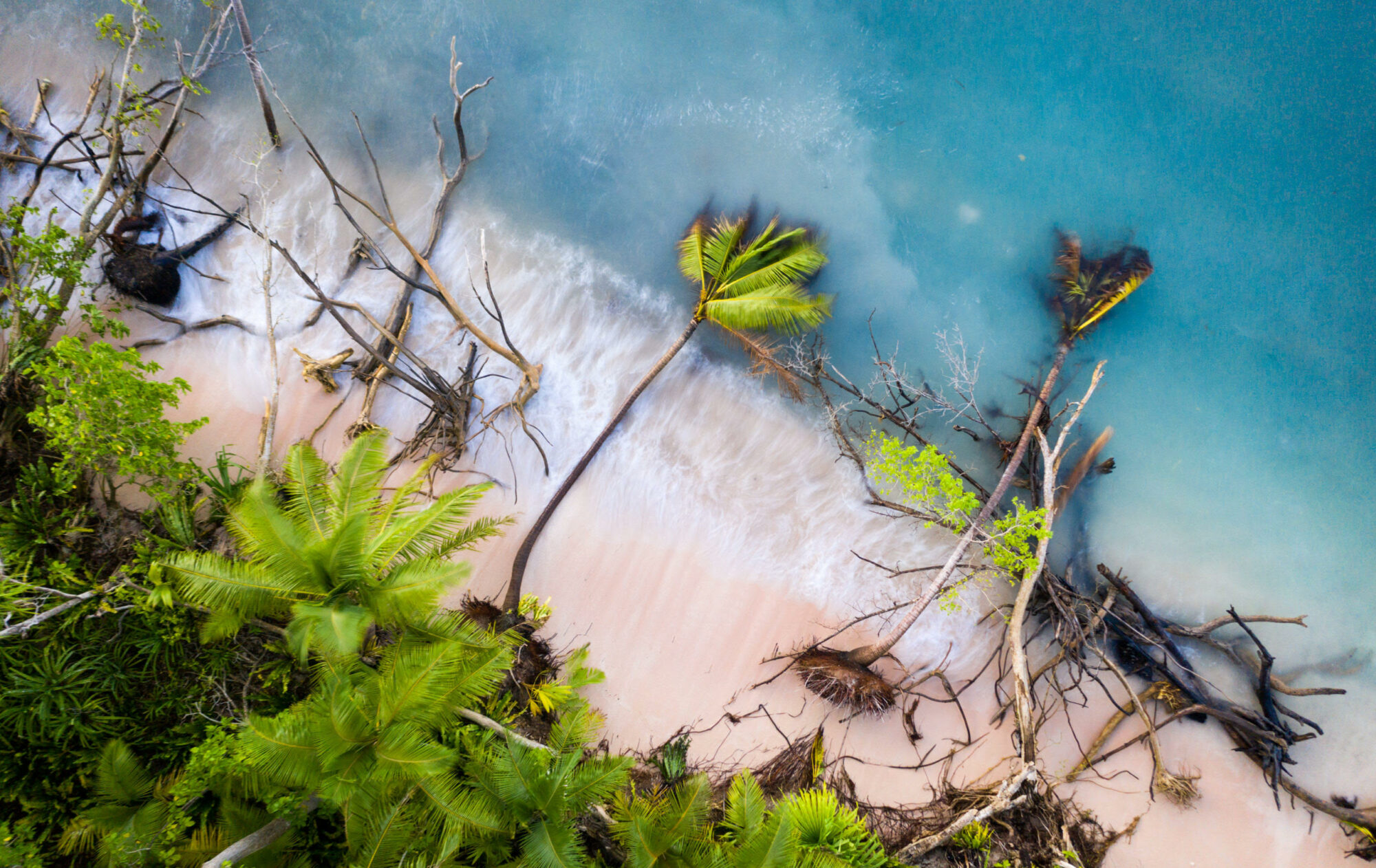The Grand Sud region of Madagascar, in the south of the country, is currently experiencing what is increasingly being considered the modern world’s first climate change-induced famine. The worst droughts in 40 years have put more than one million people at risk of malnourishment. These droughts are leading to increased desertification, and when rains do come, locust swarms often arrive soon after to devour any crops that have grown. This has led to a situation where food shortages are threatening a catastrophic humanitarian disaster.
Families are digging for roots and tearing chunks off cacti in a desperate attempt to sustain themselves. Some people have been driven to eating scraps of leather, boiled and salted. Al Jazeera, reporting from the Anosy region of the country, heard from one woman who pleaded for help:
“Look at my child, please help us!”
The report described the mother hurriedly undressing the young girl, revealing an emaciated torso, with ribs showing clearly underneath her skin. Further along the road, the reporters came upon a family standing vigil over the body of their father, who had died four days previous. A lack of food meant they were unable to bury the man in the dignified traditional way, with a good meal as a sendoff. Aid workers have described the hamlet where the family live as one many ‘zombie villages’, areas where no hope of salvation exists, and the small populations seem to have to have no choice but to wait for death.
These horrific experiences embody a new reality, brought upon by devastating climate change. The Grand Sud region has experienced four consecutive years with insufficient rain to allow for the cultivation of food crops. Man-made climate change is widely accepted as the cause of this deviation from normal patterns of precipitation. Overwhelming sandstorms, meanwhile, are suffocating the lands creating a barren inhospitable region.

Among those at risk, young children are particularly vulnerable, being so reliant on their parents or guardians for support. This is made worse by the high birth rates, and levels of teen pregnancy in the region. Save the Children, an organization working on the ground in Madagascar, have highlighted the heightened risk of abuse, and violence towards children due to families facing increased pressures brought about by the famine.
Madagascar’s disaster, like so many other climate change-induced catastrophes, is caused by the increases in human-made greenhouse gas emissions over the past century. The country is responsible for just 0.01% of the planet’s carbon dioxide emissions annually. Australia, a country with a similar sized population, contributes roughly 1.16%, a figure more than one hundred times higher.
More than 60% of the population in the Grand Sud are subsistence farmers, who have seen their only source of food lost to these climactic alterations. These are people who have done nothing to contribute towards the worsening crisis, yet they are the ones who suffer the most. The developed world has a responsibility to provide requisite aid and support in the immediate term, and work towards severely reducing their collective carbon dioxide emissions if climate justice is to be delivered.
Famines, like the one unfolding in Madagascar currently, are only going to become more commonplace. As more of the planet’s landscapes become inhospitable to human life, forced migration will become more commonplace, and we need to be there to support these people when the time comes. Before resigning vulnerable populations to migration, and refugee status however, adaptive and mitigative action needs to be taken to ensure as many people as possible can continue to live and thrive in their homelands.

